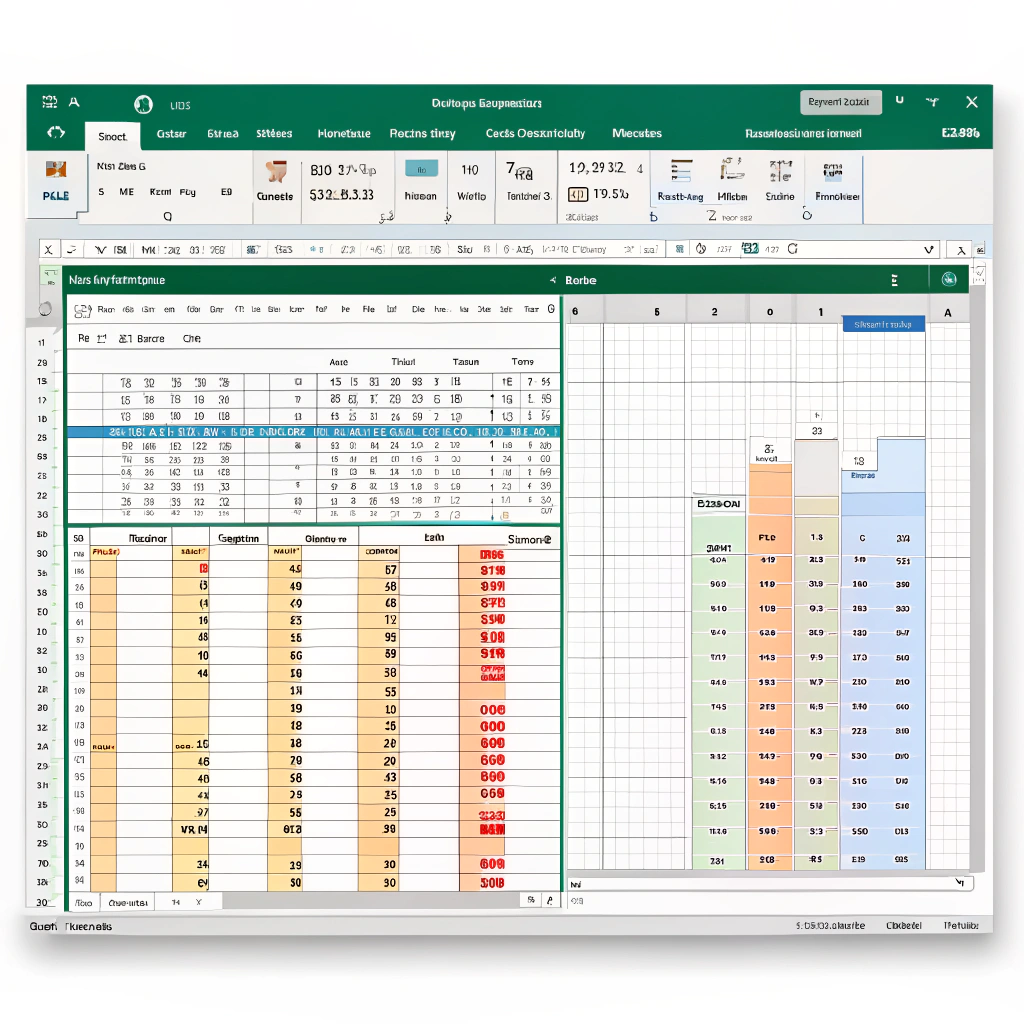Analyze inventory movement patterns to improve warehouse layout and efficiency. Introduction In warehouses, efficient layout and storage are crucial for reducing operational costs, improving picking speeds, and enhancing overall productivity. Analyzing inventory movement patterns can reveal opportunities to optimize warehouse layout, ensuring that frequently accessed items are located in more
Warehouse & Logistics
Reduce delivery times and fuel costs by optimizing routes using Python! The Challenge of Inefficient Delivery Routes For logistics companies, e-commerce stores, and delivery services, route optimization is a major factor in reducing costs and improving customer satisfaction. Poorly planned routes lead to: Manually planning routes using maps and spreadsheets
Enhancing Delivery Efficiency with AI In the world of logistics, the last-mile delivery phase is crucial for customer satisfaction and operational cost management. Companies are increasingly turning to AI-powered route optimization to enhance delivery efficiency, reduce costs, and improve the overall customer experience. This article explores how automated route planning,
In modern warehouses, efficiency is key. The growing complexity of e-commerce and logistics requires businesses to adopt automated warehouse solutions that optimize picking, sorting, and inventory management. By integrating AI and machine learning, warehouses can streamline their operations, reduce costs, and improve fulfillment times. This article explores how automated systems
Automate Route Optimization & Tracking Ensure Fast Deliveries and Reduce Fuel Costs with AI-Driven Insights Introduction The shipping and logistics industry is constantly under pressure to reduce costs, improve delivery times, and optimize resources. Traditional methods for route planning and tracking are manual, time-consuming, and prone to inefficiencies. By automating
Optimize Stock Levels, Prevent Shortages, and Automate Restocking Introduction Managing warehouse inventory is a complex and time-consuming task, especially when using outdated methods like spreadsheets. Python and MongoDB can revolutionize inventory management by automating key processes, providing real-time data, and reducing the manual effort involved. This article explores how Python
From Chaos to Clarity Reduce Stock Errors, Optimize Supply Chains, and Track Sales in Real Time Inventory management is the backbone of any retail, wholesale, or manufacturing business, but relying on manual spreadsheets leads to stock errors, lost revenue, and supply chain inefficiencies. What if you could track inventory in
In logistics, on-time deliveries are everything. But tracking shipments manually through spreadsheets is slow and inefficient. Shipping companies need real-time insights to optimize routes and reduce delays. With Protocols, you can automatically process shipment data, detect late deliveries, and optimize performance. This guide will show you how—even if you don’t
Managing a warehouse efficiently requires real-time inventory tracking, automated stock updates, and data-driven decision-making. Python, MongoDB, and Pandas can streamline operations by automating stock management, reducing errors, and optimizing warehouse space. Lillqvist Strat provides automation solutions that increase accuracy and improve warehouse efficiency. 1. Warehouse Needs An automated warehouse management
Efficient grocery delivery is a crucial component of modern retail operations, especially with the growing demand for fast and reliable home delivery services. By leveraging AI and machine learning algorithms, retailers can optimize delivery routes and schedules, enhance customer experience, and reduce operational costs. Here’s how AI-driven optimization can benefit







